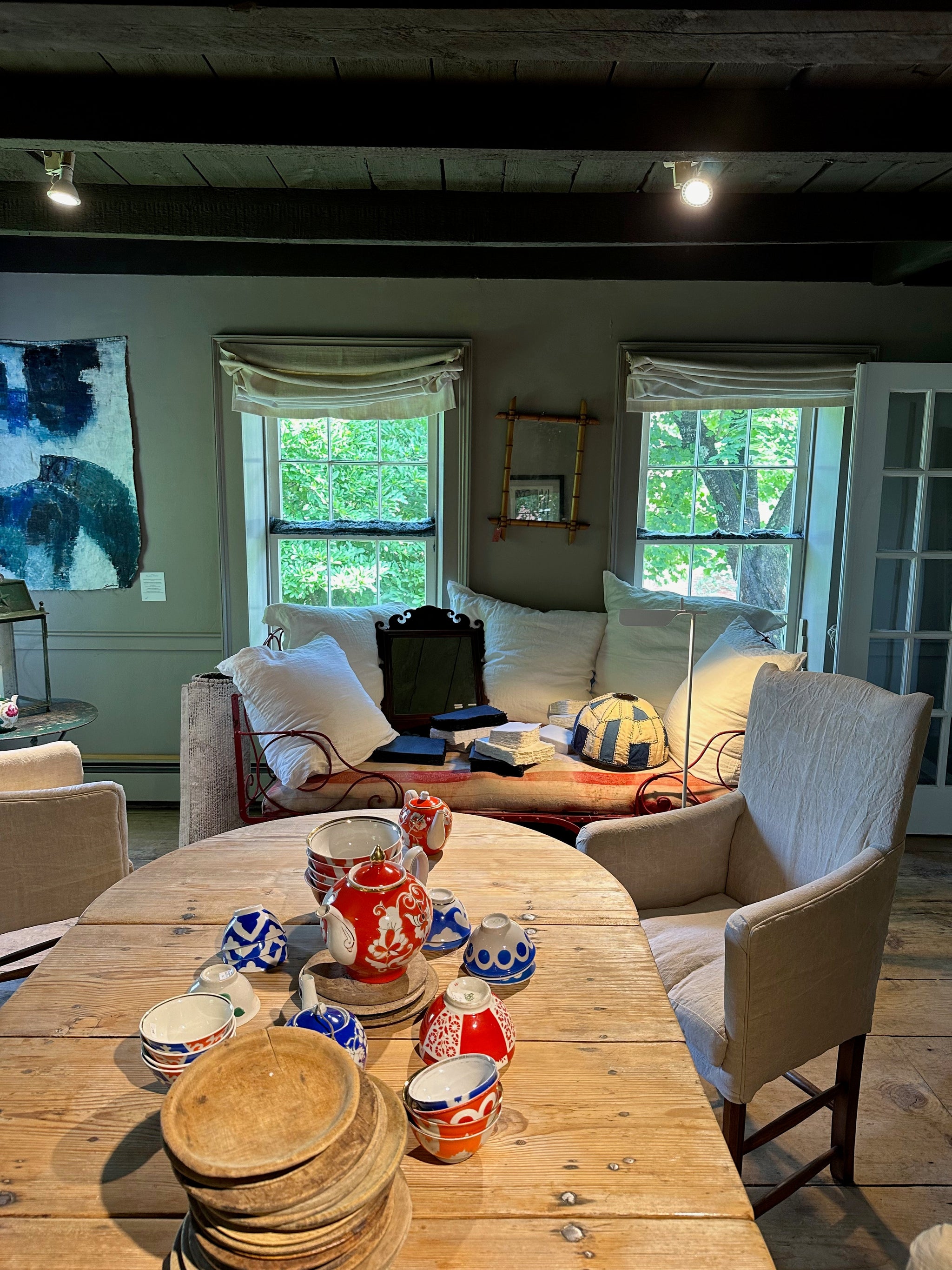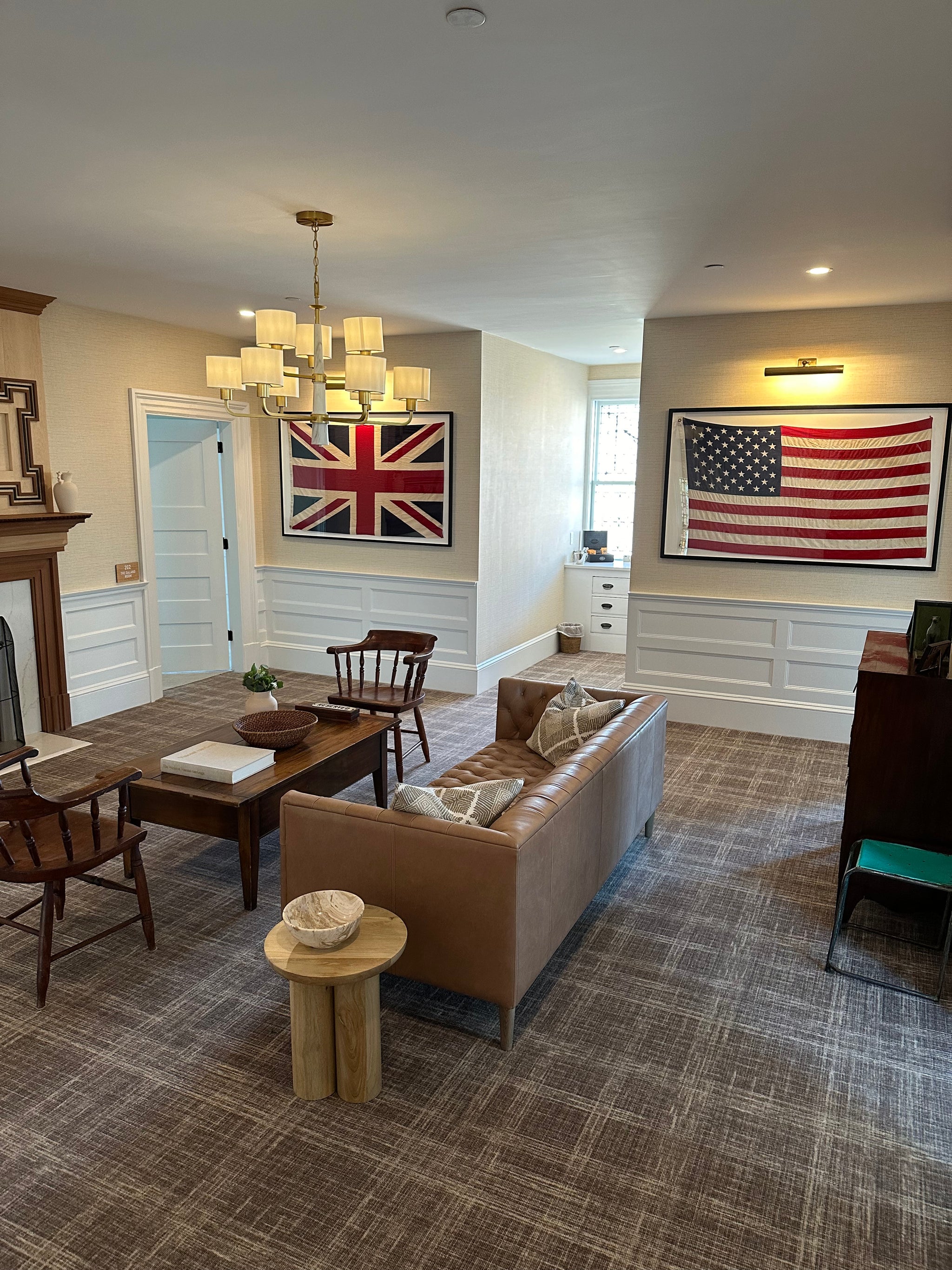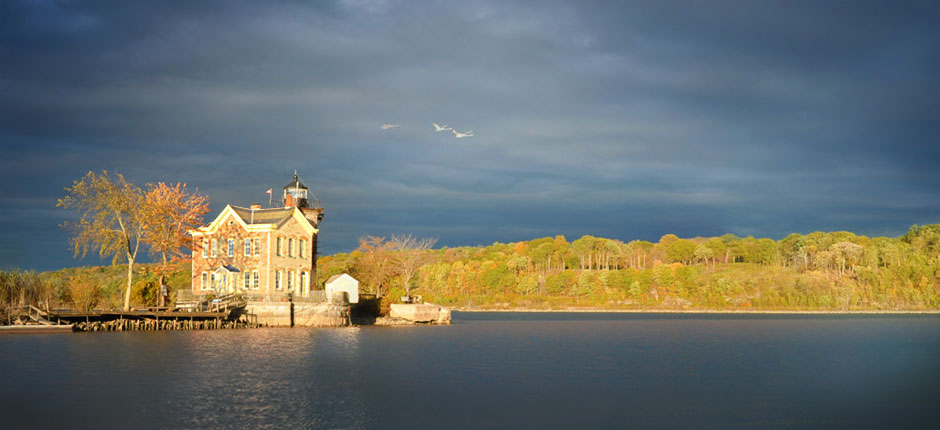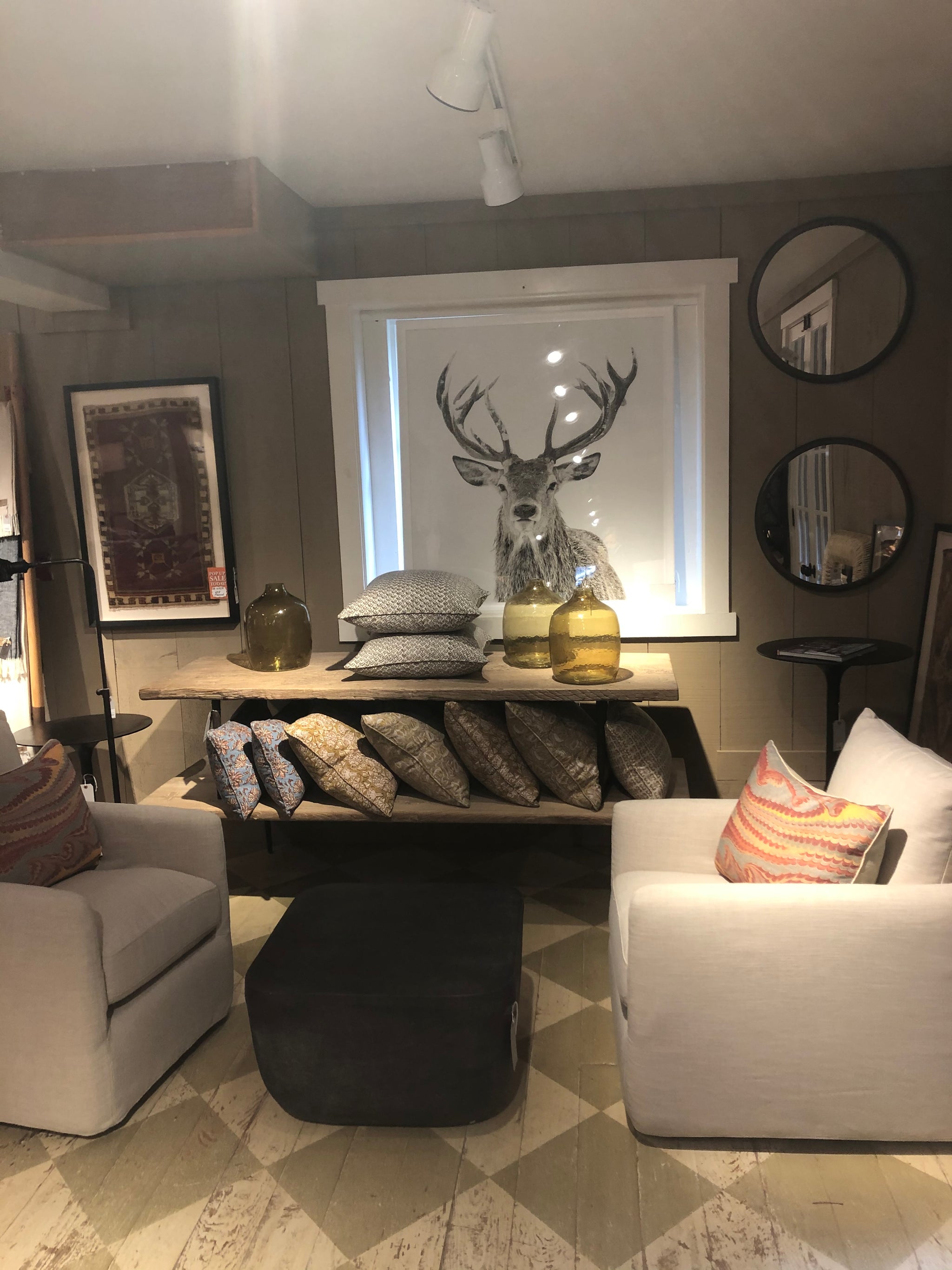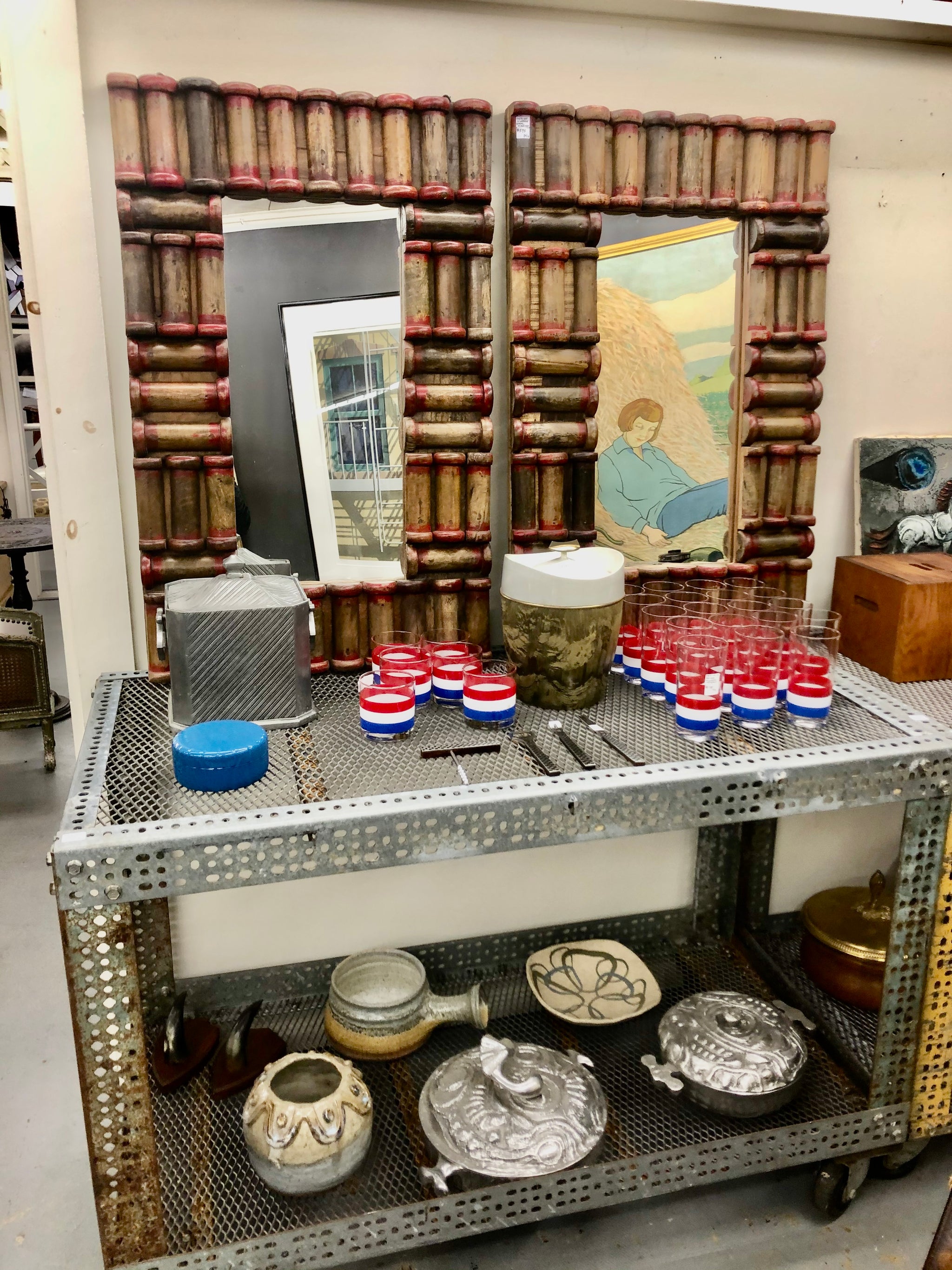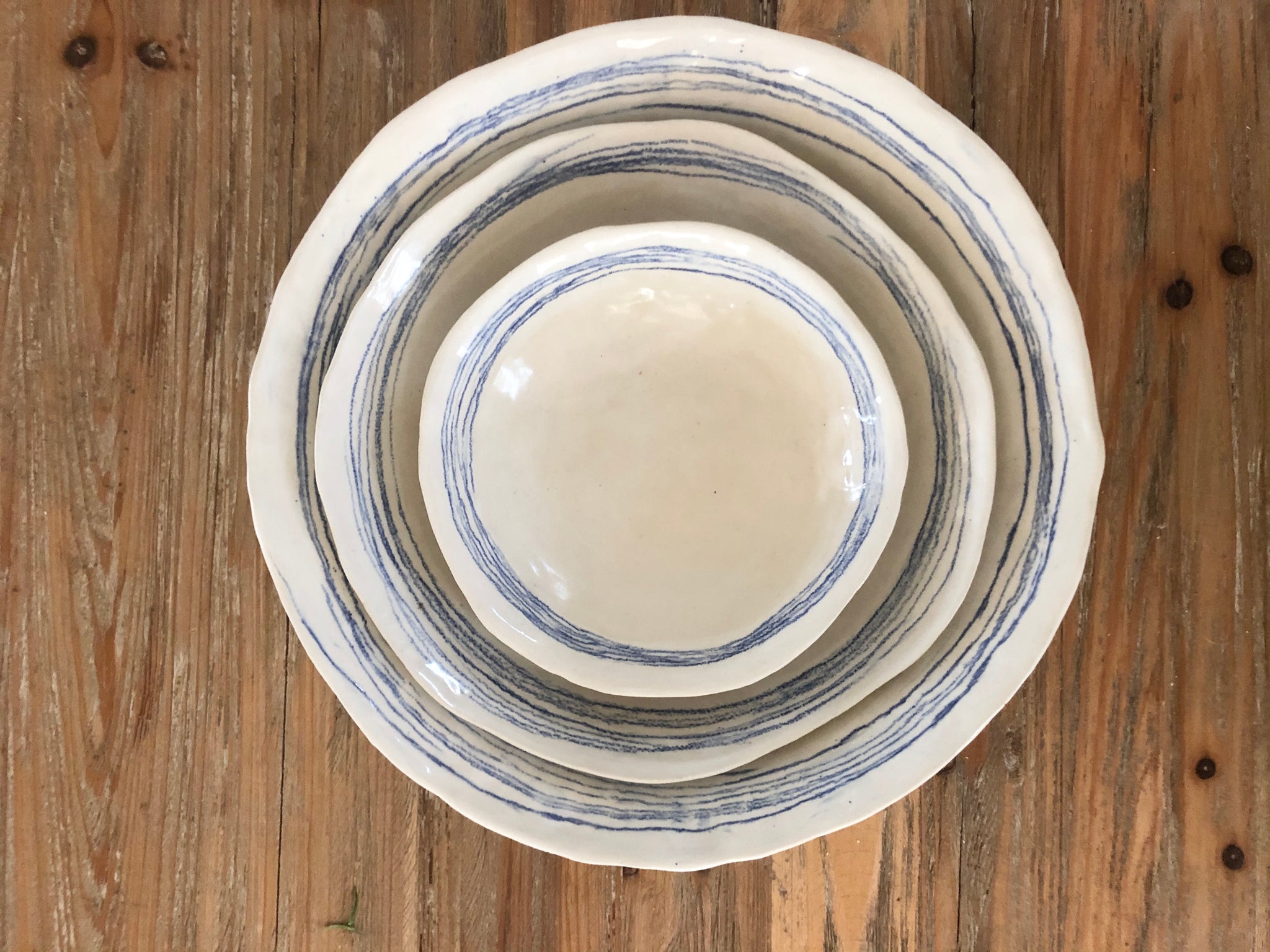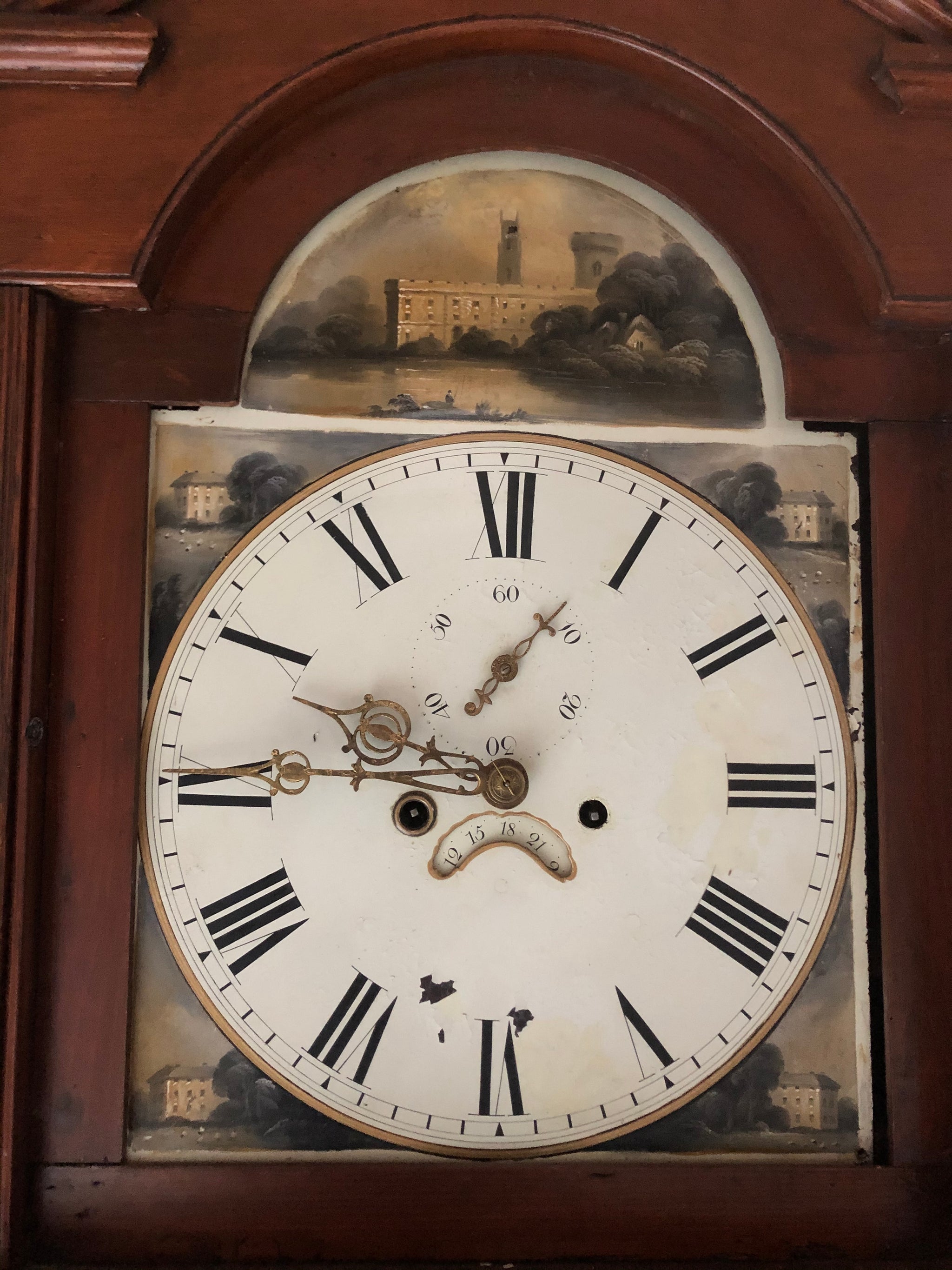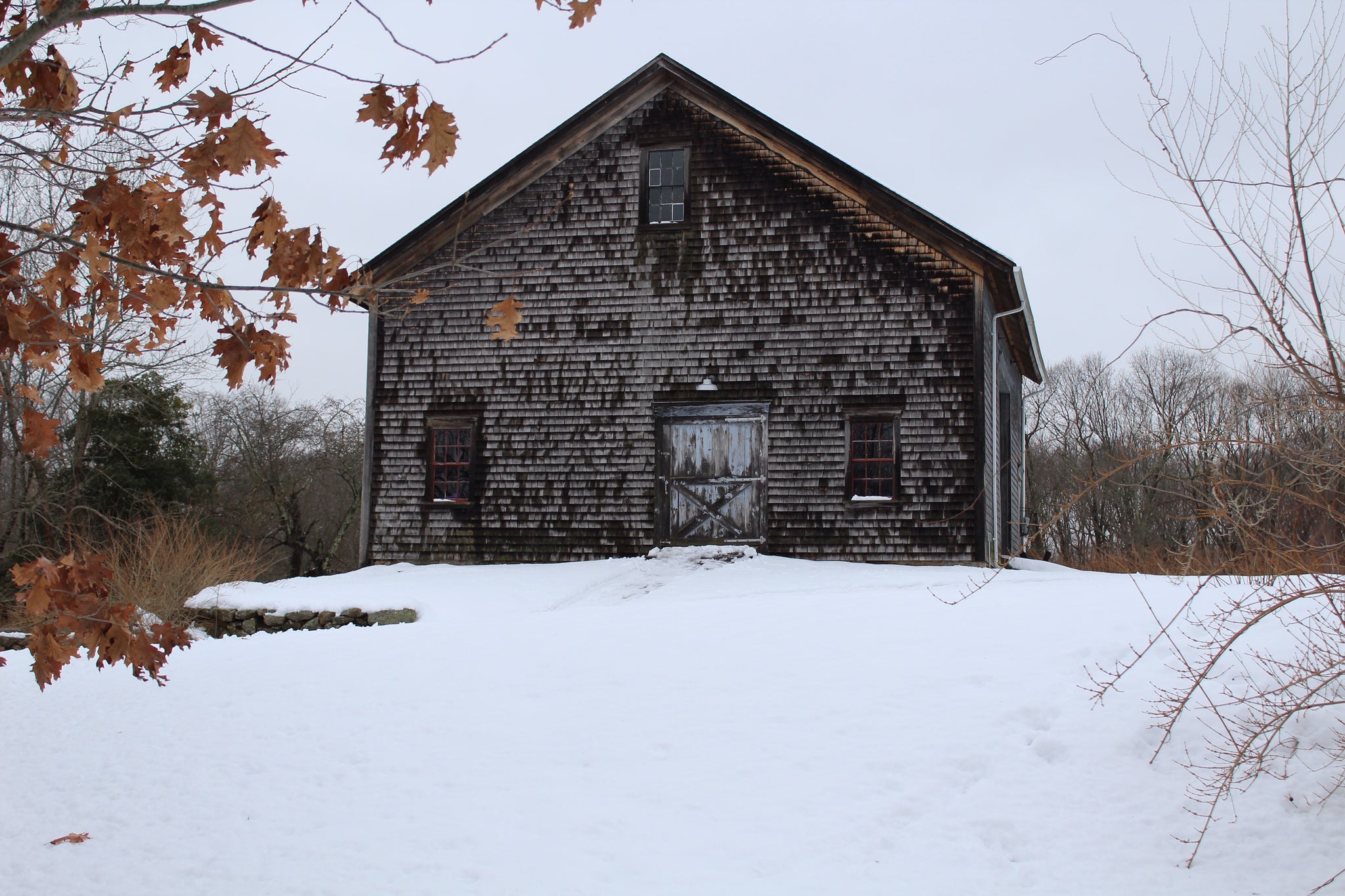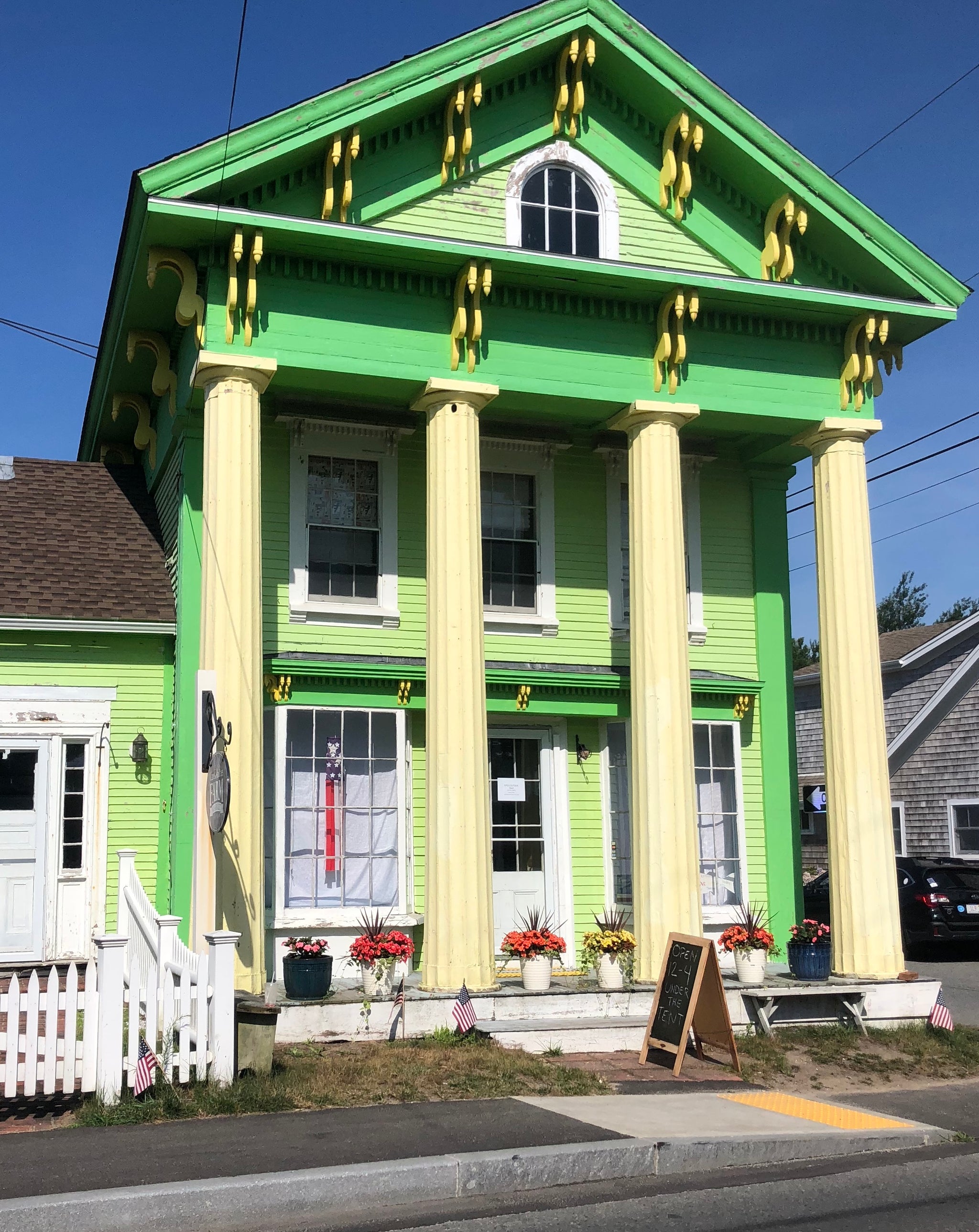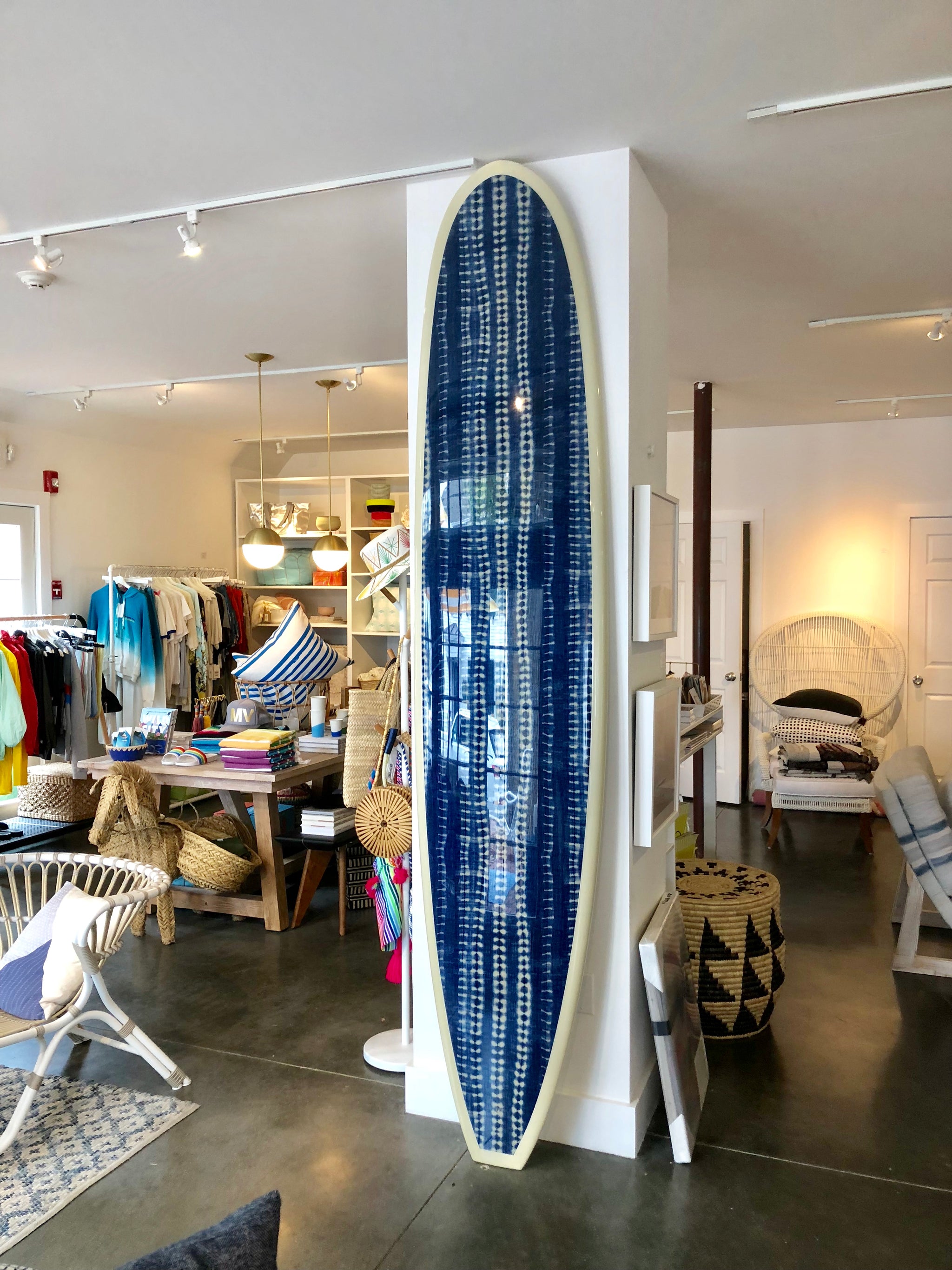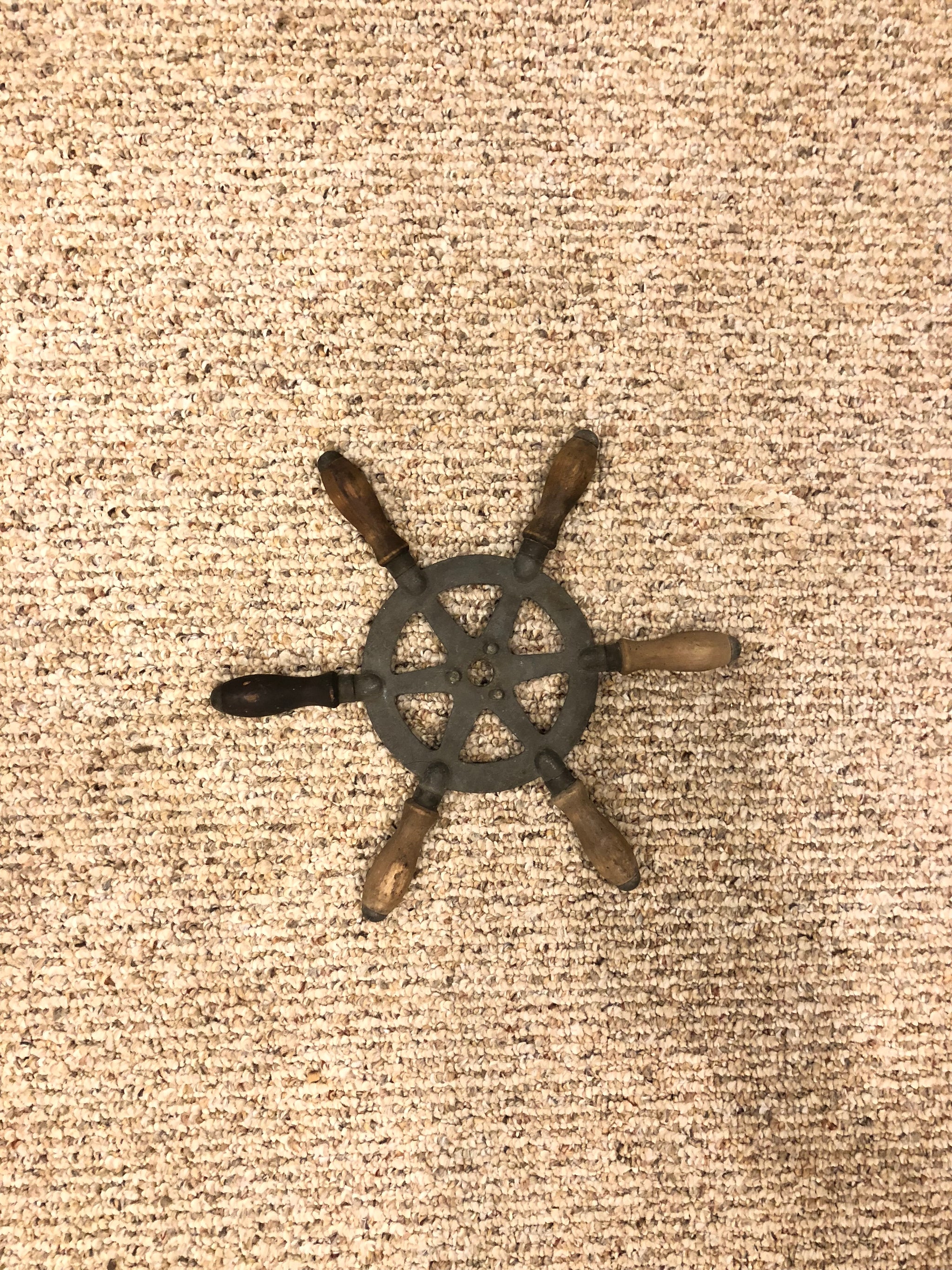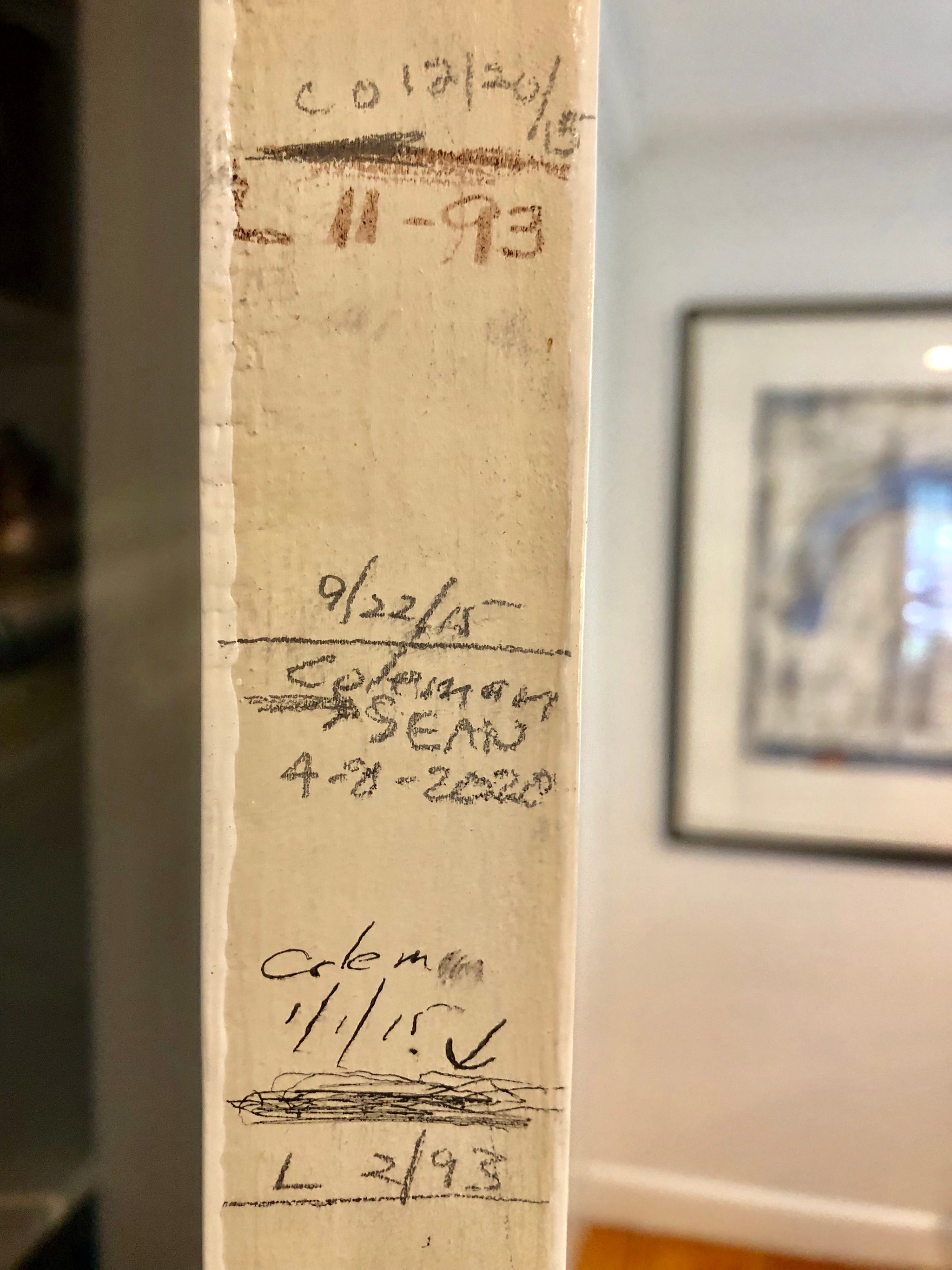Antiquing Maine: Marston House and Spruce Point Inn
Located just outside of Boothbay Harbor along the Sheepscot River and about an hour from Portland, Wiscasset, Maine is a wonderful surprise.
I love to personally travel to the places I write about, uncovering antique shops and places to stay that are off the beaten path. As an antique dealer and designer I'm of course intrigued with history, design and charming New England Towns.
On our last trip to Maine my favorite shop was the Marston House in Wiscasset. (@marstonhouse) Located at 101 Main Street just a few steps from the water, this surprising gem was filled with beautiful French antiques, textiles and art. Of course what was even more captivating to me was the way it was styled.
In the owners words she - did not like pieces to be cluttered but a little bit disorganized - and that perfectly summed up the style of the shop and I loved it. A smattering of white ironstone pitchers placed on a table with one askew. The owners collections were placed together but not always symmetrical. Journals created from handmade cotton and silk paper were stacked alongside a collection of antique blue and white pitchers for pouring chocolate. These were placed on a lovely sideboard with a piece of abstract art above. The mix of pieces looks effortless and casual but catches your eye because there is thought behind the placement and styling of pieces.
The shop itself was filled with beautiful antiques. An early pine desk with three drawers in a chippy white finish, a metal rack filled with white European textiles, large French baskets, lots of porcelain, ironstone, English plates in plate racks, slouchy vintage day beds with beautiful European striped linens and pine drop leaf tables all within the setting of a beautiful old building. The front porch of the building doesn't hint at what's inside - not really. Not to mention it also serves as a charming bed and breakfast.

We stayed at The Spruce Point Inn Resort and Spa (@spruce_point_inn) in Boothbay Harbor. Think throwback with a dirty dancing style, family friendly feeling. The main building houses a restaurant, eight guest rooms and a cozy library style room with a fireplace. Surrounding that antique building are bungalow style buildings with private entrances. Comfortable not fancy but all of this located on Boothbay Harbor with a private dock, water activities and the Burnt Island Lighthouse across the way. We arrived at the Spruce Point Inn and within 10 minutes we were jumping off the dock into the cold waters of Maine.

We sat in adirondack chairs on the front porch while a brief rain storm passed. We listened to the lighthouse fog horn warn boaters while the fog rolled in. There was something very peaceful about it but if you're more inclined to be on the move there are also trails you can hike that run up behind the Inn into the woods. Bike rentals, paddle boards and boat excursions as well as spa activities are all great options.
This trip was done in the warmer months. The Spruce Point Inn is closed for the winter season but re-opens again in May of 2025 as does the Marston House (marstonhouse.com)
Follow along on my blog to uncover more places I personally recommend for travel with antique finds and places to stay mixed in. For more information on my above recommendations visit their websites at:


